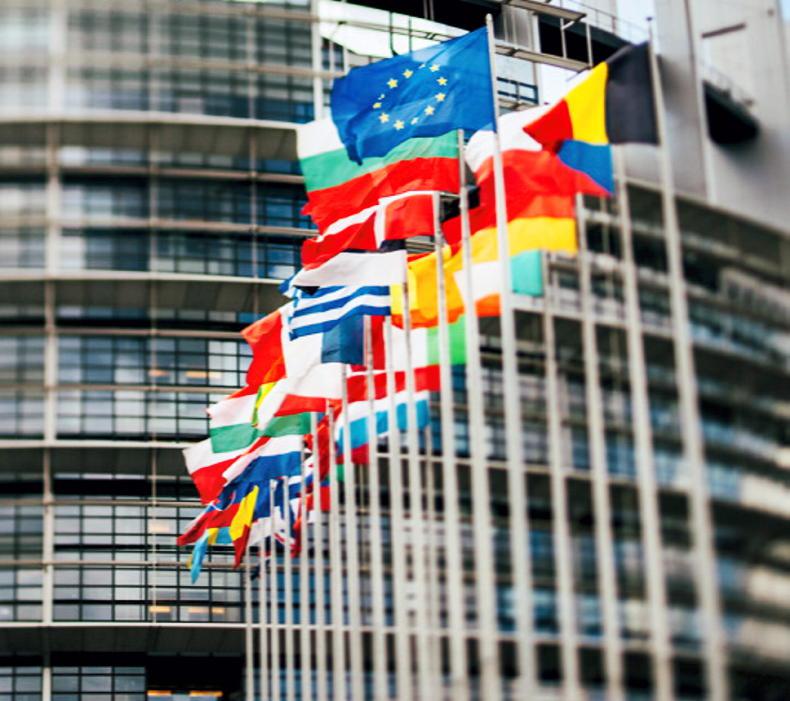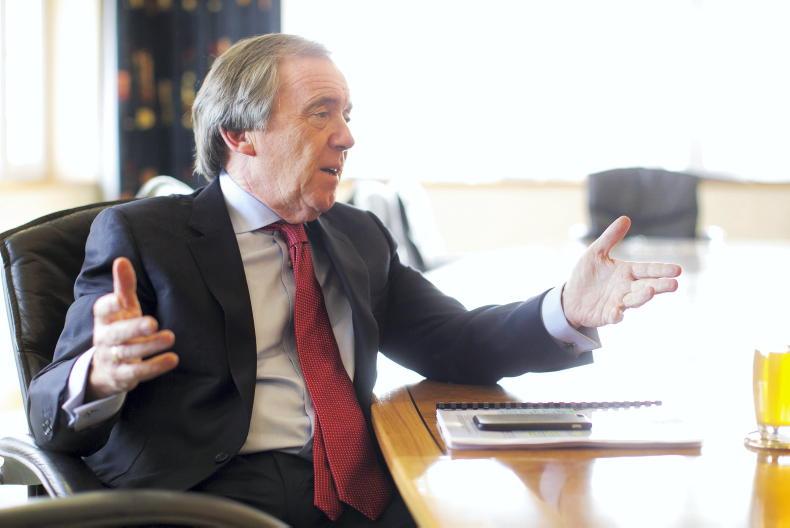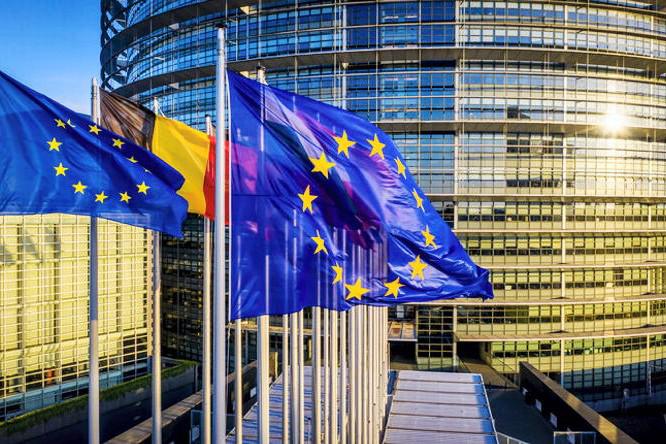Looking at EU beef production data for the first six months of 2023, it looks like the downward trend is continuing and perhaps at an even faster rate than the 2% decline forecast in the most recent EU outlook published in July.
While many parts of Europe have been experiencing exceptional temperatures over recent summers, the impact of this is greatest on arable crops grown in Mediterranean countries whereas less extreme weather conditions have prevailed in the main livestock regions of Europe.
Looking at the data, there has been a clear trend of gradual decline over the past five years:
Steady decline in EU
What is different about the EU and the other major beef-producing regions of the world where production fluctuates is that this is sustained decline.
The US, for example, will have reduced production in 2023, but this is due to drought causing a larger than usual cattle cull late last year and into 2023. In the case of the EU, the decline isn’t as dramatic, but it is sustained.
In Ireland, while the cattle herd is relatively stable, young stock, beef and dairy numbers have been around 4.8m head since 2018 (source: ICBF), it isn’t the case elsewhere in Europe.
Trend
The UK's Agriculture and Horticulture Development Board (AHDB) in its most recent outlook forecast a drop in beef production of 1.7% in 2023, but perhaps the most striking example of a long-term trend is found in Germany.
Germany has just released its latest beef production index, which started in the year 2000 at 100.
In the first half of 2023, this has fallen to 72.8 and the agency confirmed to the Irish Farmers Journal that this is the lowest level of German beef production since reunification.
Import alternative
With current EU policy focused away from production, the trend is likely to continue and accelerate for the remainder of this decade.
That doesn’t mean that Europe will be short of beef supply, as the major exporting countries are attracted to one of the world’s most valuable markets.
Trade will be further encouraged with a liberalisation of tariffs and trade deals over the coming years. For example, the Mercosur trade deal is likely to be signed off possibly late this year or perhaps during the next Commission term.
We can expect a big push to get the deal with Australia over the line in the autumn of this year, which will mean Australia will have huge access to the EU and UK for both beef and lamb.
EU and Government policy - combined with miniscule farm incomes - means that beef production in Ireland is likely to follow the wider EU trend over the coming years.
To this point, Ireland has been an outlier, as expansion of the dairy herd post-quota has offset the reduction in suckler cows.
Of course, the impact of any decline in Irish beef production will be felt beyond the farmgate, as less processing capacity will be required and the demand for other ancillary services will also decrease.









SHARING OPTIONS